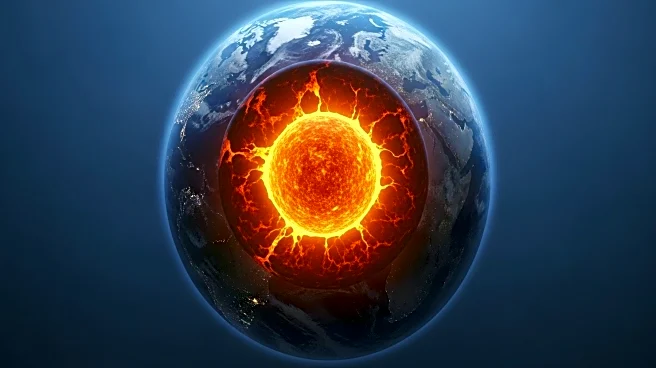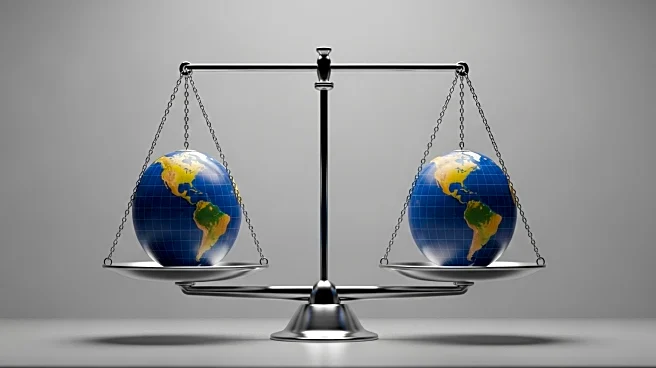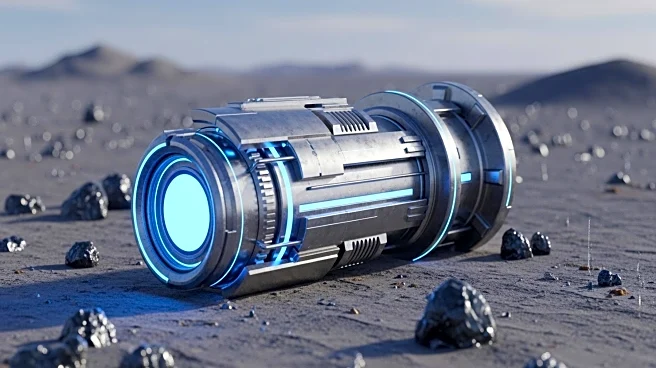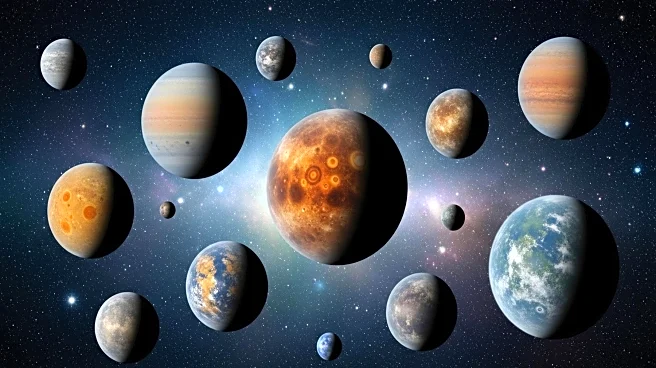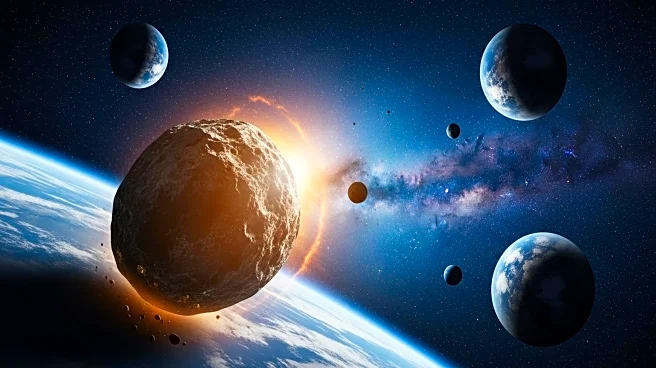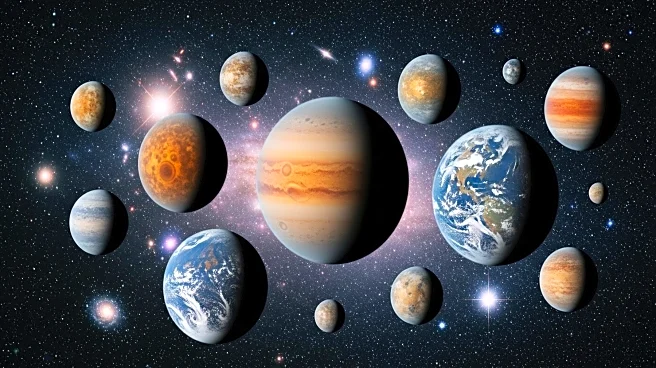What is the story about?
What's Happening?
A study conducted by researchers at Penn State and Columbia University has revealed that Earth's continents have remained stable due to extreme heat in the planet's lower continental crust. Published in Nature Geoscience, the research indicates that temperatures exceeding 900 degrees Celsius were crucial for redistributing radioactive elements such as uranium and thorium. These elements generate heat as they decay, and their movement from the bottom to the top of the crust allowed the deep crust to cool and strengthen. This process not only stabilized the continents but also mobilized rare earth elements, providing insights into where these elements might be found. The study involved sampling rocks from the Alps and the southwestern United States, and analyzing chemical data from hundreds of samples to understand the conditions under which the crust melted.
Why It's Important?
The findings have significant implications for geology and modern technology. Understanding the stabilization of Earth's continents can aid in the exploration of critical minerals essential for technologies like smartphones, electric vehicles, and renewable energy systems. Additionally, the processes identified in the study may operate on other Earth-like planets, offering new signs for planetary scientists in the search for habitable worlds. The mobilization of rare earth elements during the stabilization process could also help locate new deposits of these valuable materials, which are challenging to mine and locate. This research provides a new perspective on the formation and stability of continental plates, which are crucial for supporting life.
What's Next?
The study opens avenues for further exploration of critical minerals and the search for habitable planets. Researchers may focus on understanding the reactions that redistributed valuable elements in Earth's crust to better locate new deposits today. The insights gained from this study could lead to advancements in mining technologies and strategies for locating rare earth elements. Additionally, planetary scientists might use these findings to identify potential signs of life on other planets by examining their crust stability and composition.
Beyond the Headlines
The study highlights the importance of extreme temperatures in geological processes, drawing parallels to the forging of steel. This analogy underscores the role of heat in shaping and strengthening materials, whether in metallurgy or continental formation. The research also suggests that earlier in Earth's history, the amount of heat produced from radioactive elements was about double what it is today, indicating that the conditions for stable crust formation were more favorable in the past. This understanding could influence future studies on Earth's geological history and the evolution of its continents.
AI Generated Content
Do you find this article useful?
